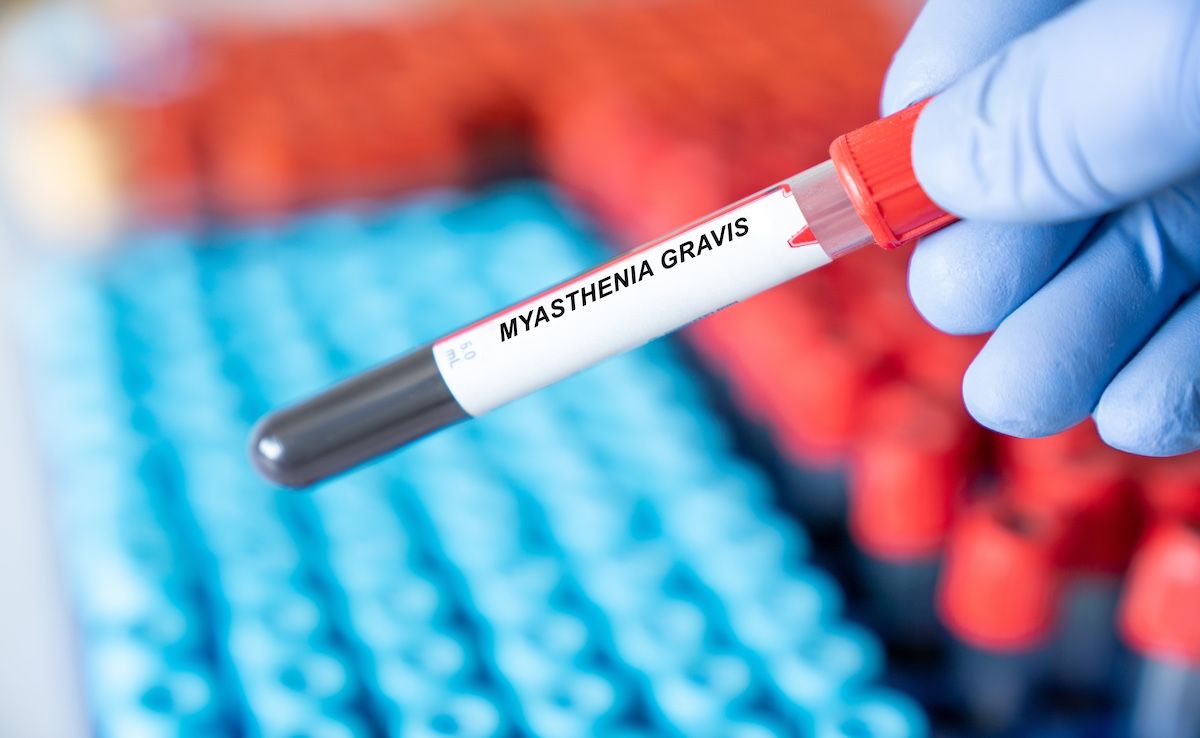Article
Cloud Faxing Can Lower Costs, Preserve Critical Communication Infrastructure
Author(s):
Cloud faxing can provide the opportunity for providers to be more productive and lower costs.
Despite technological changes over the past 2 decades, the fax machine remains the communication workhorse of the healthcare industry.
Recent studies show that 75% of medical communication in the United States takes place via fax.1 Health systems and providers, naturally, should be concerned about possible violations of the Health Insurance Portability and Accountability Act of 1996 (HIPAA) due to sensitive documents left on machines or accidental misdials.
That’s reason enough to relegate the physical fax machine to the dustbin of history and consider cloud faxing options. But there’s another compelling reason to make the switch: the opportunity for providers to be more productive and lower costs. Sending and receiving paper-based faxes are labor- and time-intensive. Then there are material costs to consider, everything from equipment, phone lines and toner, to paper and maintenance costs.
Cloud faxing can be incorporated into regular workflows, providing a secure solution that’s encrypted for HIPAA compliance. Documents also can be collected as part of a patient record, eliminating steps required to scan paper records and match them to the correct patient in the electronic health record.
Providers that don’t consider affordable alternatives to the outmoded fax machine are spending more money than they should while increasing the risk of a costly data breach. The issue has taken on greater importance, because CMS Administrator Seema Verma has challenged software developers to make physicians’ offices fax-free by 2020.2
Too much wasted time
Think about your medical practice, surgery center, hospital department, or home health agency. How much time does staff spend each day on routine tasks such as sending and receiving faxes, making phone calls, verifying insurance coverage, and obtaining prior authorizations?
The Council for Affordable Quality Healthcare estimates that the healthcare industry spends more than $9 billion unnecessarily each year through the continued use of manual processes instead of adopting electronic ones. The average cost per transaction is $6 but can run as high as $11.3 Multiply that by each transaction performed daily, and costs add up quickly.
According to the council, providers could save a minimum of 1.1 million labor hours each week by fully embracing electronic transactions. Each sent fax, phone call or piece of correspondence takes an average of 8 minutes to complete and as much as 30 minutes.4
Consider how much time a staff member spends to prepare and send a single paper-based fax. If all goes well, time includes printing the document, walking to the fax machine, punching in the number, waiting for the transmission, getting the transmission receipt, retrieving the documents to eliminate a privacy breach and filing them securely.
On the other hand, other people might be waiting to use the machine, the line may be busythe machine could be out of paper, or there could be a paper jam or out of toner..
Add up how many physical faxes a practice sends each day, and one begins to understand the labor costs involved.
Too much wasted money
In addition to labor costs, there are also hardware and infrastructure costs to consider if a provider uses a legacy fax machine or a fax server.
With a legacy fax machine, expenses include the equipment, paper, toner and fax line. Costs run between $960 and $2640 for a single machine. And if the fax machine breaks, the practice will be without a critical communication platform until it is repaired. There are no cost advantages for multiple machines, so if a practice has a second machine for backup or redundancy, expenses simply double.
While heavy fax users may employ a fax server,costs over a 3-year period for the fax hardware, fax line card, software license, telecom lines, and maintenance contract can run $7500 a year for a 2-line operation. Those costs don’t include a printer, storage solution, encryption, redundancy, server storage or electricity. This also is a non-redundant solution that presents a single point of failure.
Digital cloud fax technology can save time and money
Just as healthcare organizations are moving to Software-as-a-Service (SaaS) models to eliminate capital expenditures, digital cloud fax technology is an operational expense that includes the fax number(s) and monthly usage. Unlike physical faxing, cloud faxing is nearly always available, with redundancy built in. Depending on the level of service, providers may only pay only for the faxes sent or received in a month.
Compared to physical faxing, cloud faxing works like this: An employee creates an email, types in the recipient address, types a cover letter and hits “send.” The fax is sent securely, with a confirmation arriving a few minutes later. There is no printing, no scanning, no dialing, no waiting and no paper to file.
When deployed throughout an organization, faxes can be sent from computer, tablet, or smartphone through a secure mobile app. If a higher level of security is required, cloud faxing can store documents in a secure server with 256-bit encryption. Users log in to the server to view faxes.
Cloud faxing can be the solution to the challenge of labor- and resource-intensive faxed communication.
Conclusion
Despite technology advances in healthcare, three-quarters of medical communication continues to occur by fax machine. The problems with paper-based faxed communication are numerous, including patient privacy and potential HIPAA concerns related to unattended paper records or inadvertent dialing.
Aside from privacy concerns, health systems and other providers are wasting money and time relying on manual processes such as paper-based faxing. Cloud faxing, on the other hand, provides an efficient, secure, and faster method of communicating. Finally, cloud faxing is always on, providing a level of reliability that healthcare providers demand.
References
2. Centers for Medicare & Medicaid Services. SPEECH: Remarks by Administrator Seema Verma at the ONC Interoperability Forum in Washington, DC.
https://www.cms.gov/newsroom/press-releases/speech-remarks-administrator-seema-verma-onc-interoperability-forum-washington-dc. Accessed July 29, 2019.
3. CAQH. Reducing Manual Business Transactions Could Save Healthcare $9.4 Billion. https://www.caqh.org/about/press-release/reducing-manual-business-transactions-could-save-healthcare-94-billion. Accessed July 15,2019.
4. Ibid.
1. Becker’s Hospital Review. Why the US health system still prioritizes fax machines: 7 things to know. https://www.beckershospitalreview.com/healthcare-information-technology/why-the-us-health-system-still-prioritizes-fax-machines-7-things-to-know.html. Accessed July 15, 2019.





